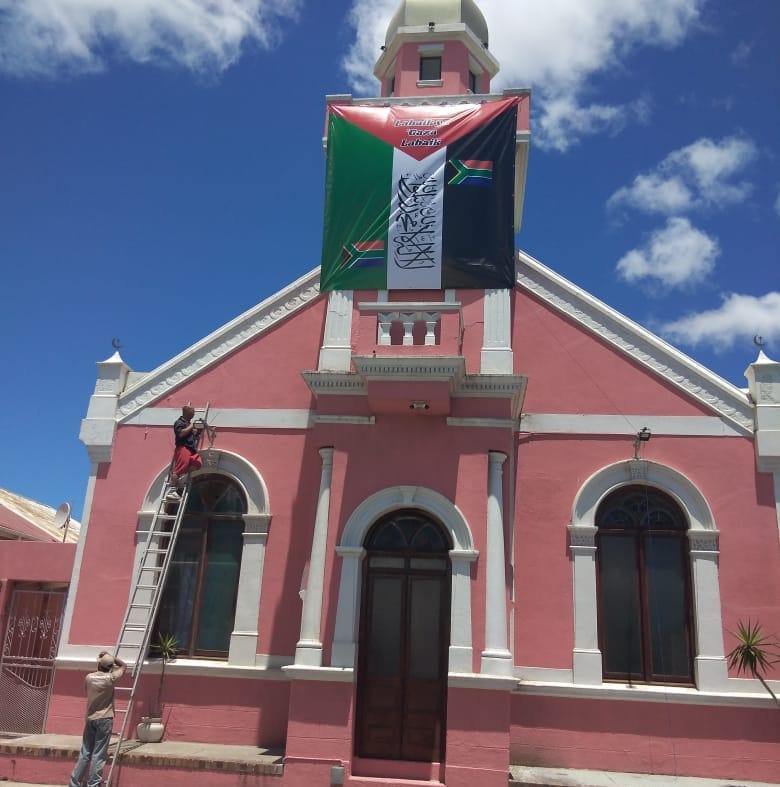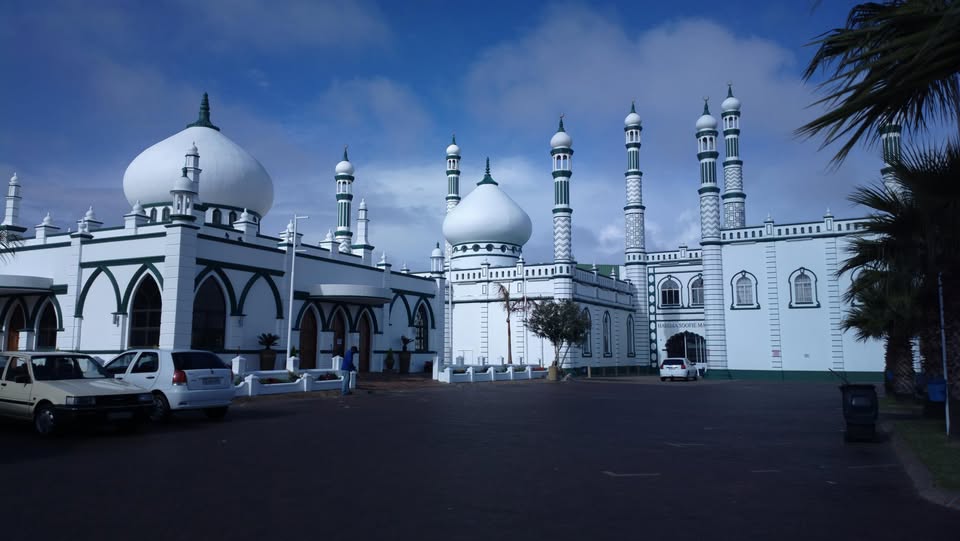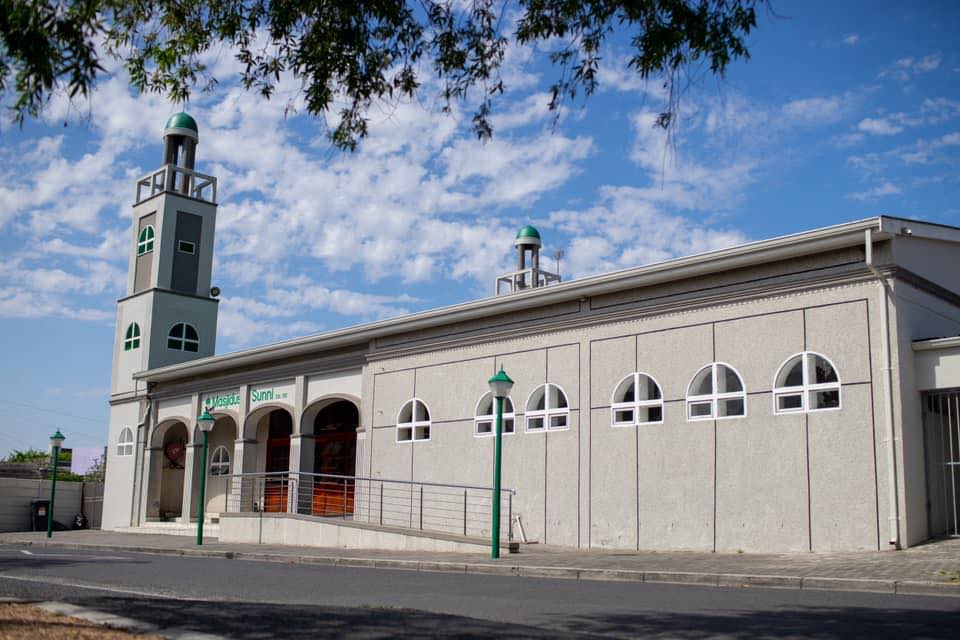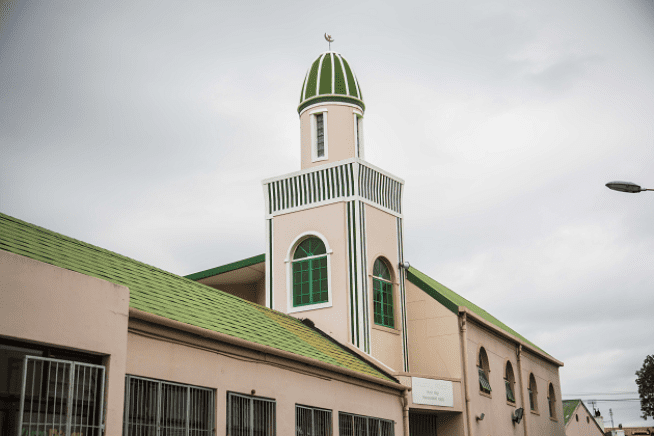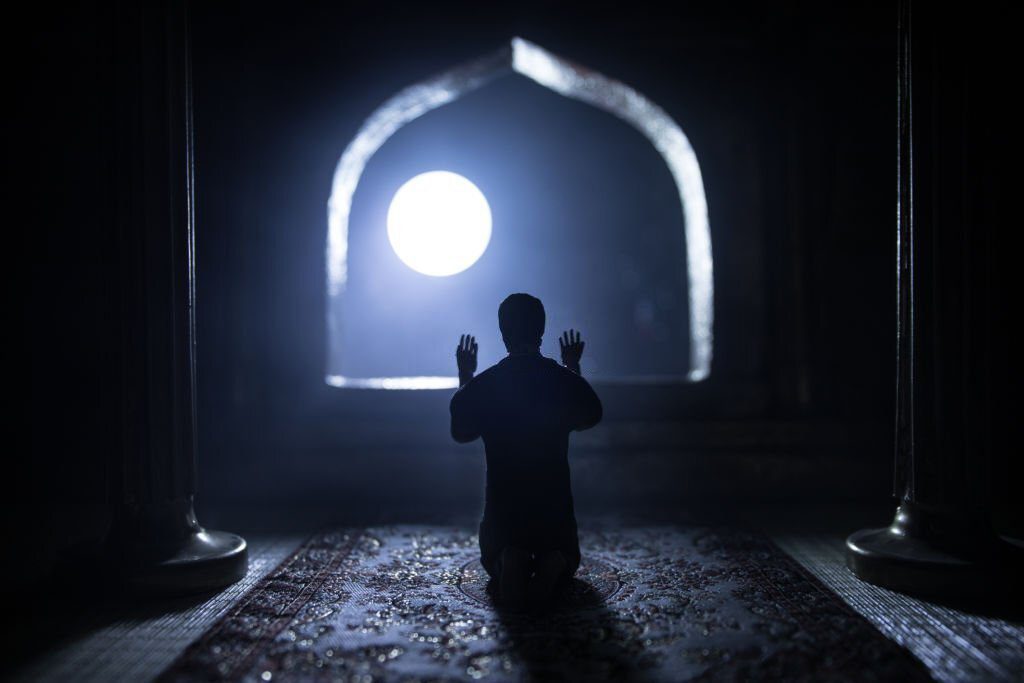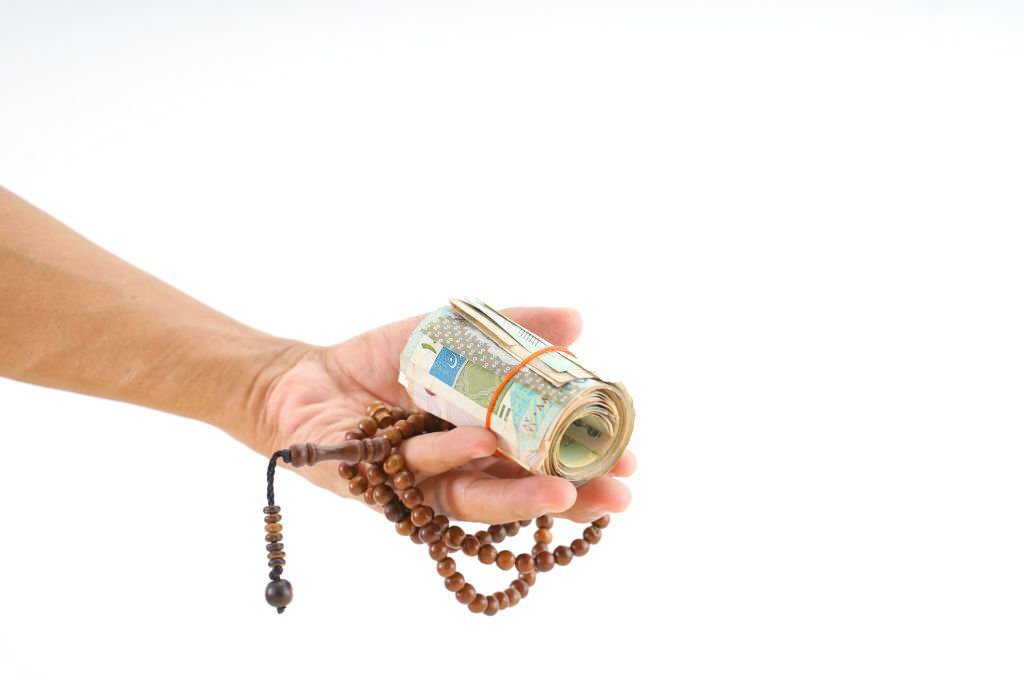The Tennyson Street Masjid, an independent mosque established in 1906, is officially known as The Salt River Moslem Congregation, incorporating the Mughammadiyyah Masjid. As a registered Non-Profit Organization (NPO), the Masjid operates independently without affiliations to other organizations, focusing on serving the local Muslim community in Salt River and surrounding areas.
In addition to its religious services, Tennyson Street Masjid collaborates with various organizations to support the broader community. Among these are the South African National Zakah Fund (SANZAF), The Salt River Muslim Youth Foundation, The Salt River Neighborhood Watch, The Salt River Heritage Society, and The Salt River Community Action Network (CAN). These partnerships highlight the Masjid’s commitment to fostering community welfare and cohesion.
The Masjid is driven by a dedicated team of individuals passionate about inspiring and supporting others. Each committee member plays a vital role in promoting excellence in religious and social values within a welcoming and inclusive environment.
For more information about the activities and services offered by Tennyson Street Masjid, visitors are encouraged to explore their website and contact the team for further engagement. The Masjid continues to be a vital part of the Salt River community, upholding traditions of faith and community service.
Tennyson Street Masjid History
The Tennyson Street Masjied, officially known as The Salt River Moslem Congregation, is an independent mosque registered as a non-profit organization (NPO) with no affiliations to other entities.
Establishment and Early Years
Founded in 1906, the mosque has served as a spiritual and social hub for the Salt River and Woodstock communities, areas once known respectively as “Eberstadt” and “Paapendorp.” The founding trustees, including Hadjee Abdurahmaan Khan and Hadjee Ebrahim Hadjee Norodien, purchased land on Tennyson Street for £125 to build the mosque.
This era coincided with the “Hooligan Riots” in Cape Town, during which businesses owned by Jewish and Indian communities were looted. Despite this tumultuous period, the mosque’s construction continued, and by 1908, prayers were held in a private residence at 78 Kingsley Road, Salt River, known as “Lange.”
Leadership and Growth
The first Imams of the community, Imam Merajudien Nordien (Emam Merai) and the young Imam Ismail Talip, were appointed in 1910, even before the mosque’s completion. Emam Merai, a tailor by profession and one of the founder trustees, served as Imam until his death in July 1930. He established a Quaderia Thikr group, conducting monthly Thikr programs on the 11th of each month.
In 1914, community tensions led to a split, resulting in the establishment of the Nur-ul Islam Mosque in Addison Road. By 1917, Emam Merai and some trustees founded the Salt River Moslem Primary School, reflecting Emam Merai’s role as a community social worker who collaborated with various churches and organizations.
During the 1918 influenza epidemic, Emam Merai was instrumental in organizing the burial of deceased Muslims and often converted his home into a “Soup Kitchen” during the winter months to aid the needy.
After Emam Merai’s passing, Imam Ismail Taliep was reappointed as the mosque’s Imam. Born in Johannesburg in 1887, Imam Ismail completed his Hifz at age seven and furthered his Islamic studies in Makkah. He served the community until 1919 before becoming the official Imam at the Kerk Street Mosque in Johannesburg.
Expansion and Educational Contributions
Upon returning to Cape Town in 1928, Imam Ismail Taliep, fluent in multiple languages including Arabic and Urdu, was appointed as the chairperson of the Salt River congregation and later became the official Imam of the mosque in 1930. He served in this capacity until his death in August 1962, marking 47 years of dedicated service. During Ramadan, he was often invited to lead Traweeg Salaah in Johannesburg, with his sons taking his place at the Tennyson Street Masjied.
Prominent scholars, such as the late Sheigh Abubakr Najaar and Sheigh Nazeem Mohamed, studied under Imam Ismail. The mosque also nurtured talents like Mufti Moosa Mia and Sayed Thabiet Rifa’I, who memorized the Quran in under six months.
In 1938, the congregation authorized the purchase of additional properties in Salt River to generate rental income and accommodate the Imam’s family. The mosque continued to expand, acquiring adjacent properties in 1954 for future development.
Continued Leadership and Community Service
After Imam Ismail’s death, Sheigh Ismail (Taarien) Moos, his son-in-law, served as Imam until 1969. The period also saw Boeta Abdurouf Cornelius (Boeta Oufie) as the mosque’s Muathin. In 1971, Imam Omar Taliep, Imam Braimah Samaai, and Imam Zain Bardien were appointed as joint Ghatiebs, with Sheigh Abdurahman Salie leading the Jamaah until 1974.
The mosque played a pivotal role in community initiatives, including the first meeting to establish the National Zakaah Fund (SANZAF) in 1974. Leadership transitioned to Emam “Zak” Davids, followed by Sheik Mughammad Moerat in 1986, who served until 1994.
In 1995, Sheik Eghsaan Solomons from Bo-kaap was appointed Imam until his resignation in 1999. Imam Moejahied Laattoe, who had served as assistant Imam, was officially appointed in 2000.
Contact Details
 68 Tennyson St. Salt River, Cape Town, Cape Town, South Africa
68 Tennyson St. Salt River, Cape Town, Cape Town, South Africa